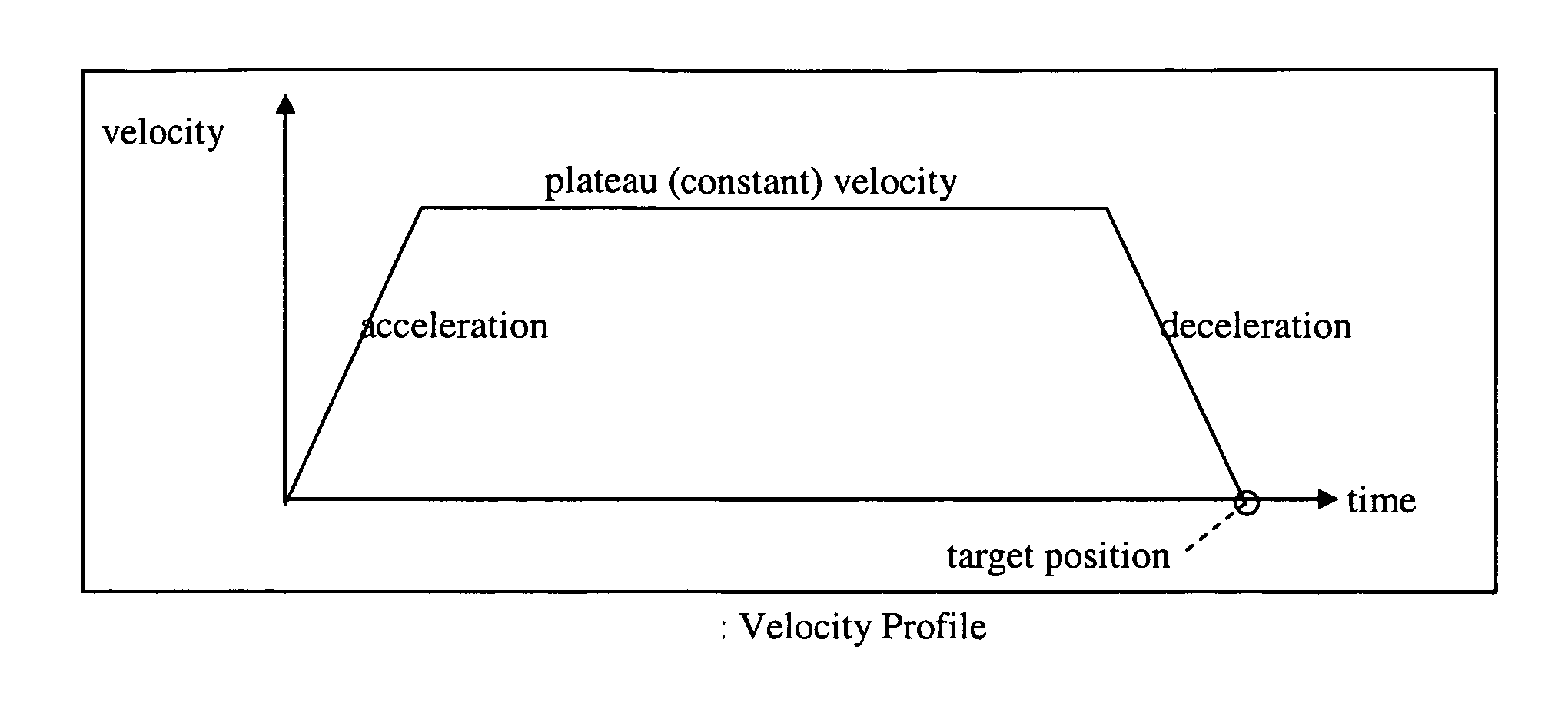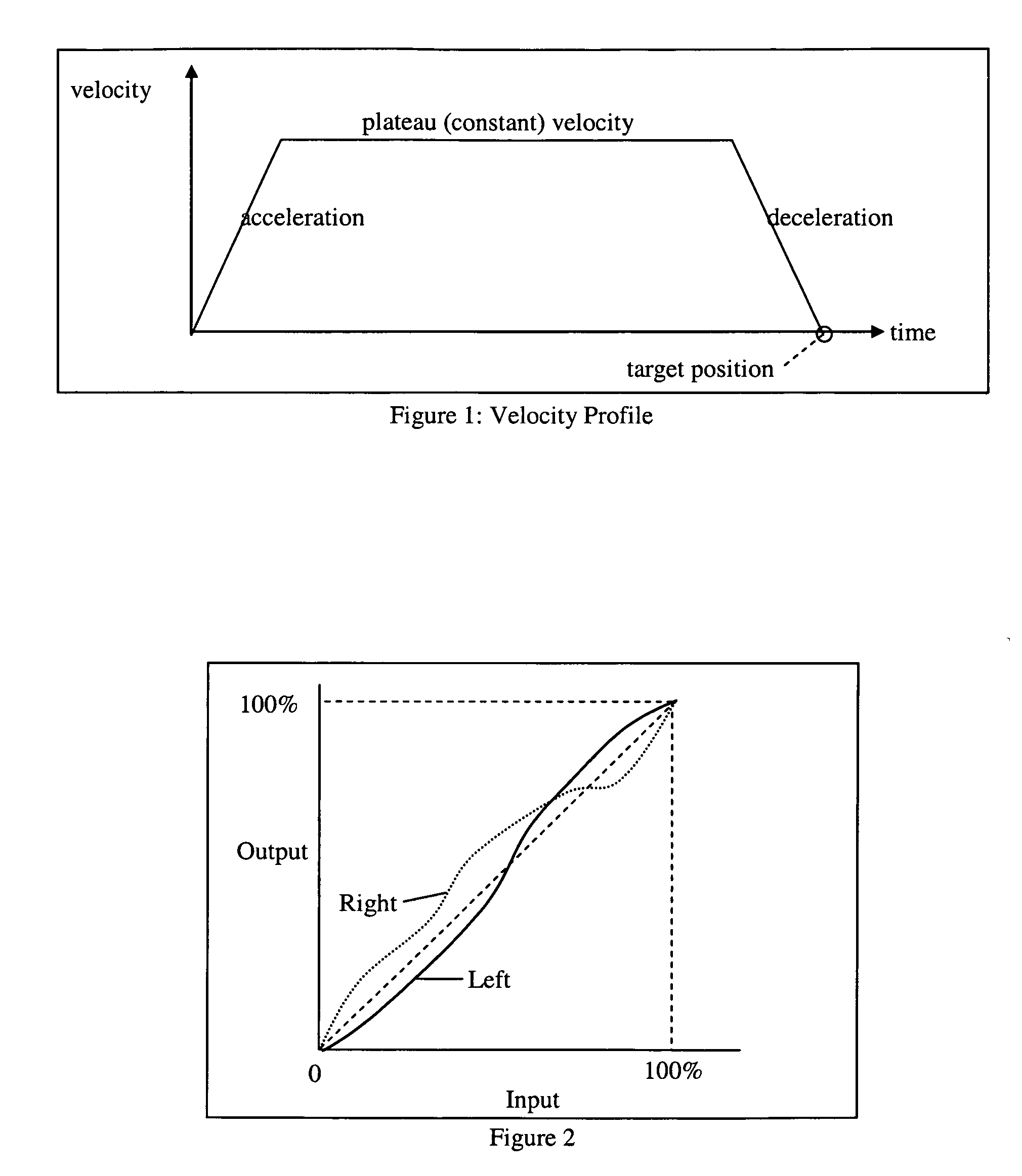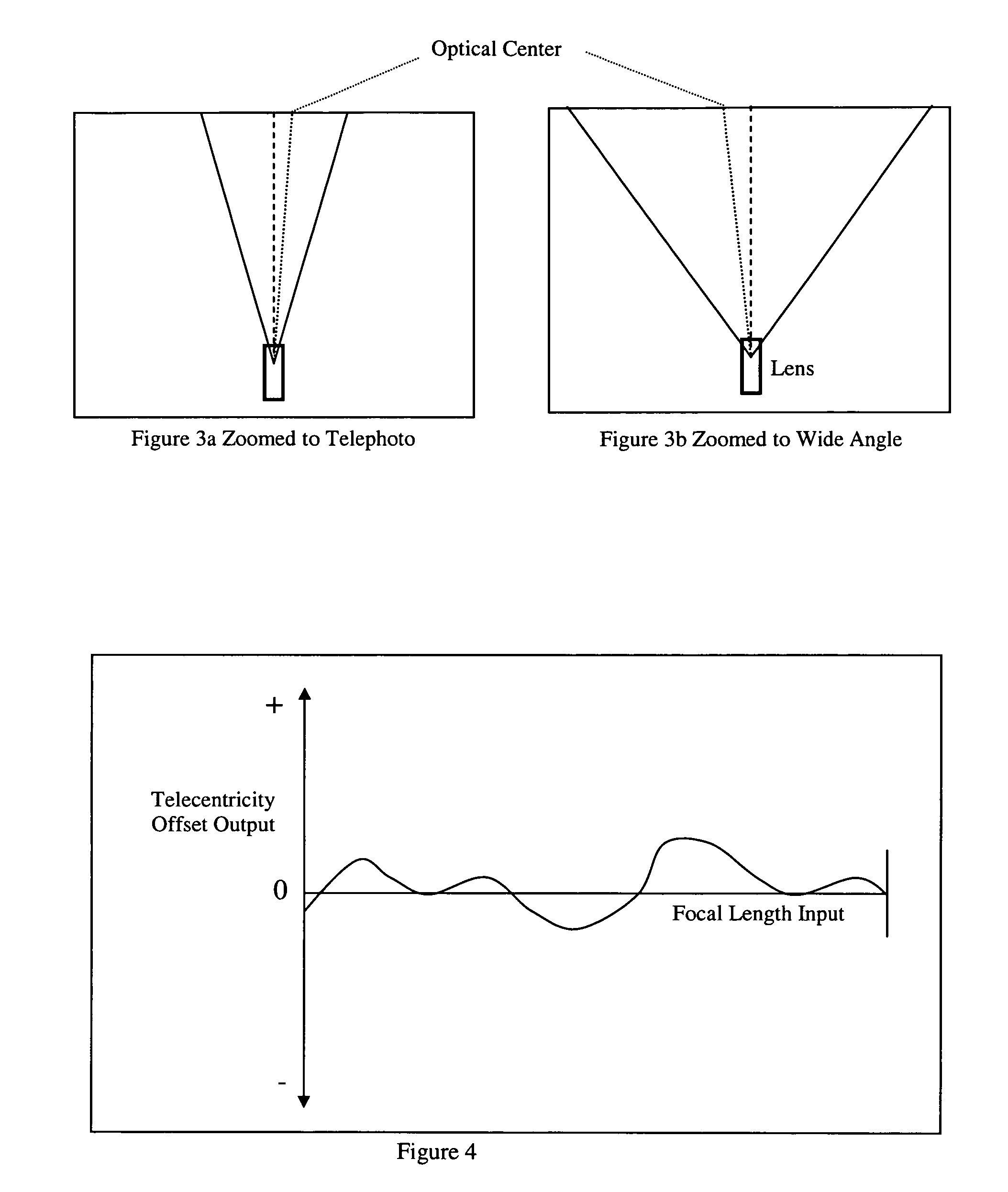Multifunction dual lens matching device for stereoscopic 3D camera system
- Summary
- Abstract
- Description
- Claims
- Application Information
AI Technical Summary
Benefits of technology
Problems solved by technology
Method used
Image
Examples
Embodiment Construction
[0017] The PID3D Algorithm_will drive a pair of motors to match each other, using the difference error and a new difference gain coefficient, such that the difference will generate a force to each motor to drive the motors towards each other. The difference gain coefficient needs to be sufficiently large to overcome the torque differences between both motors. The PID3D algorithm can not be implemented in a motion control co-processor, such as the National LM629 chip, commonly used by the entertainment industry for motion control. The PID processing is an internal function of these chips, and is not accessible by the outside world. We started from scratch and coded our own high performance processor to perform the PID3D algorithm which runs at 75 MIPS (million instructions per second), which includes the PID3D algorithm, trajectory generation, velocity profiling, quadrature position feedback, quadrature noise filtering, target remapping (described below), ultrasonic PWM drive, serial...
PUM
 Login to View More
Login to View More Abstract
Description
Claims
Application Information
 Login to View More
Login to View More - R&D
- Intellectual Property
- Life Sciences
- Materials
- Tech Scout
- Unparalleled Data Quality
- Higher Quality Content
- 60% Fewer Hallucinations
Browse by: Latest US Patents, China's latest patents, Technical Efficacy Thesaurus, Application Domain, Technology Topic, Popular Technical Reports.
© 2025 PatSnap. All rights reserved.Legal|Privacy policy|Modern Slavery Act Transparency Statement|Sitemap|About US| Contact US: help@patsnap.com



